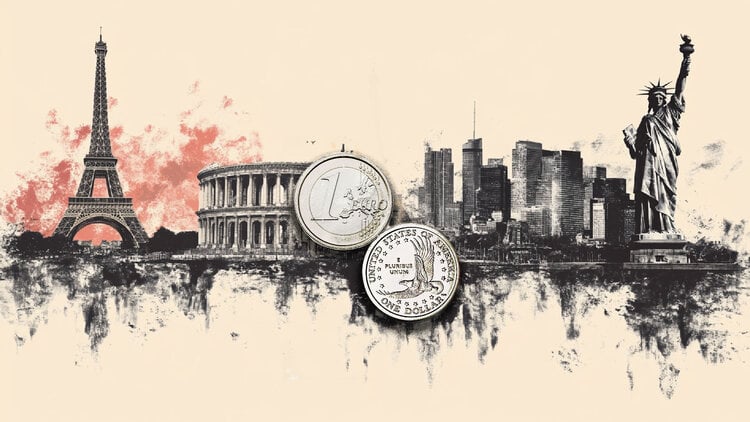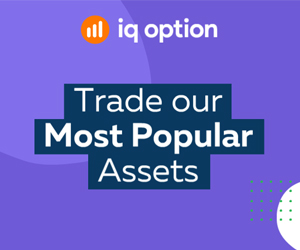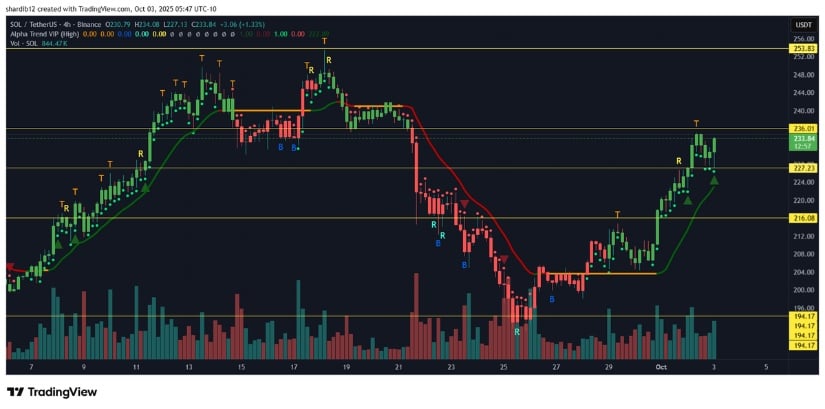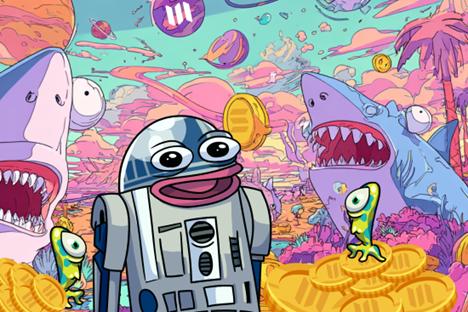Category: Forex News, News
Euro needs to clear 1.1770 to push higher
EUR/USD holds its ground and trades modestly higher on the day at around 1.1750 in the European session on Thursday after closing virtually unchanged on Wednesday. While the technical outlook suggests that the bullish bias remains intact, 1.1770 could prove to be a tough resistance to crack.
Euro Price This week
The table below shows the percentage change of Euro (EUR) against listed major currencies this week. Euro was the strongest against the Canadian Dollar.
| USD | EUR | GBP | JPY | CAD | AUD | NZD | CHF | |
|---|---|---|---|---|---|---|---|---|
| USD | -0.44% | -0.74% | -1.66% | 0.00% | -1.05% | -0.85% | -0.21% | |
| EUR | 0.44% | -0.31% | -1.38% | 0.44% | -0.62% | -0.43% | 0.22% | |
| GBP | 0.74% | 0.31% | -0.99% | 0.75% | -0.38% | -0.12% | 0.52% | |
| JPY | 1.66% | 1.38% | 0.99% | 1.73% | 0.68% | 0.71% | 1.53% | |
| CAD | -0.01% | -0.44% | -0.75% | -1.73% | -1.01% | -0.85% | -0.23% | |
| AUD | 1.05% | 0.62% | 0.38% | -0.68% | 1.01% | 0.20% | 0.84% | |
| NZD | 0.85% | 0.43% | 0.12% | -0.71% | 0.85% | -0.20% | 0.79% | |
| CHF | 0.21% | -0.22% | -0.52% | -1.53% | 0.23% | -0.84% | -0.79% |
The heat map shows percentage changes of major currencies against each other. The base currency is picked from the left column, while the quote currency is picked from the top row. For example, if you pick the Euro from the left column and move along the horizontal line to the US Dollar, the percentage change displayed in the box will represent EUR (base)/USD (quote).
The US Dollar (USD) found it difficult to stay resilient against its major rivals on Wednesday amid the heightened uncertainty created by the shutdown of the federal government. Additionally, mixed macroeconomic data releases made it difficult for the USD to stage a rebound.
The Automatic Data Processing (ADP) reported that private sector payrolls contracted by 32,000 in September. Additionally, the August print of 54,000 got revised down to -3,000. Other data from the US showed the Institute for Supply Management’s (ISM) Manufacturing Purchasing Managers’ Index (PMI) rose to 49.1 in September from 48.7 in August, but remained in the contraction territory. The Prices Paid Index component of the PMI survey declined to 61.9 from 63.7, while the Employment Index edged higher to 45.3 from 43.8.
Lawmakers failed to make progress on restoring the government funding on Wednesday. Hence, the weekly Initial Jobless Claims, published by the Department of Labor, and the Census Bureau’s Factory Orders data will not be released later in the day. Instead, investors will analyze the Challenger Job Cuts data for September to assess the labor market conditions. Although this report is not seen as a market-mover, the lack of other data releases could pave the way for a straightforward market reaction, with a noticeable increase in job cuts hurting the USD and vice versa.
Investors will also continue to scrutinize political developments in the US. If markets grow optimistic about the shutdown coming to an end soon, the USD could stage a decisive rebound and force EUR/USD to turn south.
EUR/USD Technical Analysis
The 100-period Simple Moving Average (SMA) on the 4-hour chart aligns as a pivot level at 1.1750 ahead of 1.1770, where the Fibonacci 23.6% retracement of the latest uptrend is located. Once EUR/USD climbs above 1.1770 and confirms that level as support, technical buyers could take action. In this scenario, 1.1820 (static level) could be seen as the next resistance level before 1.1900 (static level, round level).
On the downside, 1.1710-1.1700 (200-period SMA, Fibonacci 38.2% retracement) aligns as a strong support area before 1.1640 (Fibonacci 50% retracement).
Euro FAQs
The Euro is the currency for the 19 European Union countries that belong to the Eurozone. It is the second most heavily traded currency in the world behind the US Dollar. In 2022, it accounted for 31% of all foreign exchange transactions, with an average daily turnover of over $2.2 trillion a day.
EUR/USD is the most heavily traded currency pair in the world, accounting for an estimated 30% off all transactions, followed by EUR/JPY (4%), EUR/GBP (3%) and EUR/AUD (2%).
The European Central Bank (ECB) in Frankfurt, Germany, is the reserve bank for the Eurozone. The ECB sets interest rates and manages monetary policy.
The ECB’s primary mandate is to maintain price stability, which means either controlling inflation or stimulating growth. Its primary tool is the raising or lowering of interest rates. Relatively high interest rates – or the expectation of higher rates – will usually benefit the Euro and vice versa.
The ECB Governing Council makes monetary policy decisions at meetings held eight times a year. Decisions are made by heads of the Eurozone national banks and six permanent members, including the President of the ECB, Christine Lagarde.
Eurozone inflation data, measured by the Harmonized Index of Consumer Prices (HICP), is an important econometric for the Euro. If inflation rises more than expected, especially if above the ECB’s 2% target, it obliges the ECB to raise interest rates to bring it back under control.
Relatively high interest rates compared to its counterparts will usually benefit the Euro, as it makes the region more attractive as a place for global investors to park their money.
Data releases gauge the health of the economy and can impact on the Euro. Indicators such as GDP, Manufacturing and Services PMIs, employment, and consumer sentiment surveys can all influence the direction of the single currency.
A strong economy is good for the Euro. Not only does it attract more foreign investment but it may encourage the ECB to put up interest rates, which will directly strengthen the Euro. Otherwise, if economic data is weak, the Euro is likely to fall.
Economic data for the four largest economies in the euro area (Germany, France, Italy and Spain) are especially significant, as they account for 75% of the Eurozone’s economy.
Another significant data release for the Euro is the Trade Balance. This indicator measures the difference between what a country earns from its exports and what it spends on imports over a given period.
If a country produces highly sought after exports then its currency will gain in value purely from the extra demand created from foreign buyers seeking to purchase these goods. Therefore, a positive net Trade Balance strengthens a currency and vice versa for a negative balance.
Written by : Editorial team of BIPNs
Main team of content of bipns.com. Any type of content should be approved by us.
Share this article:












